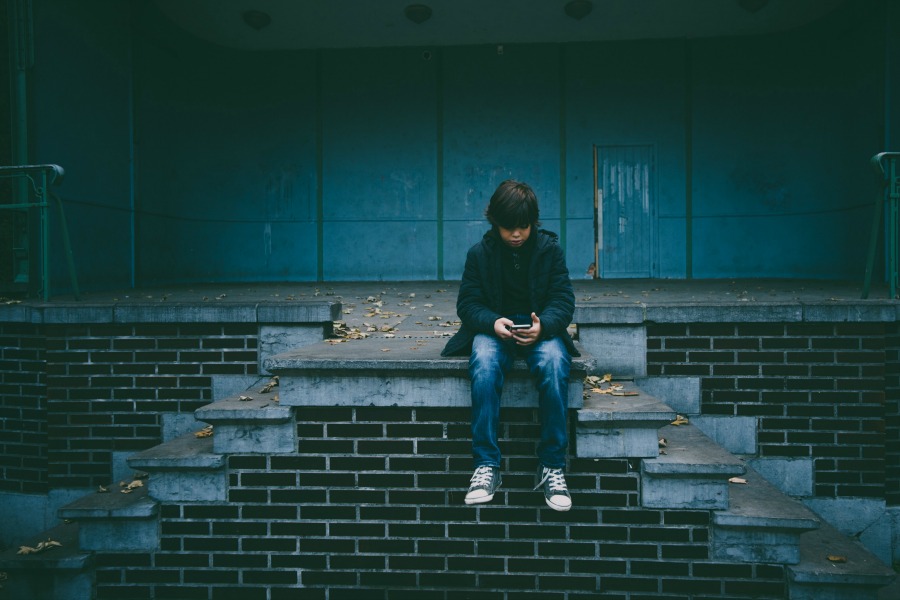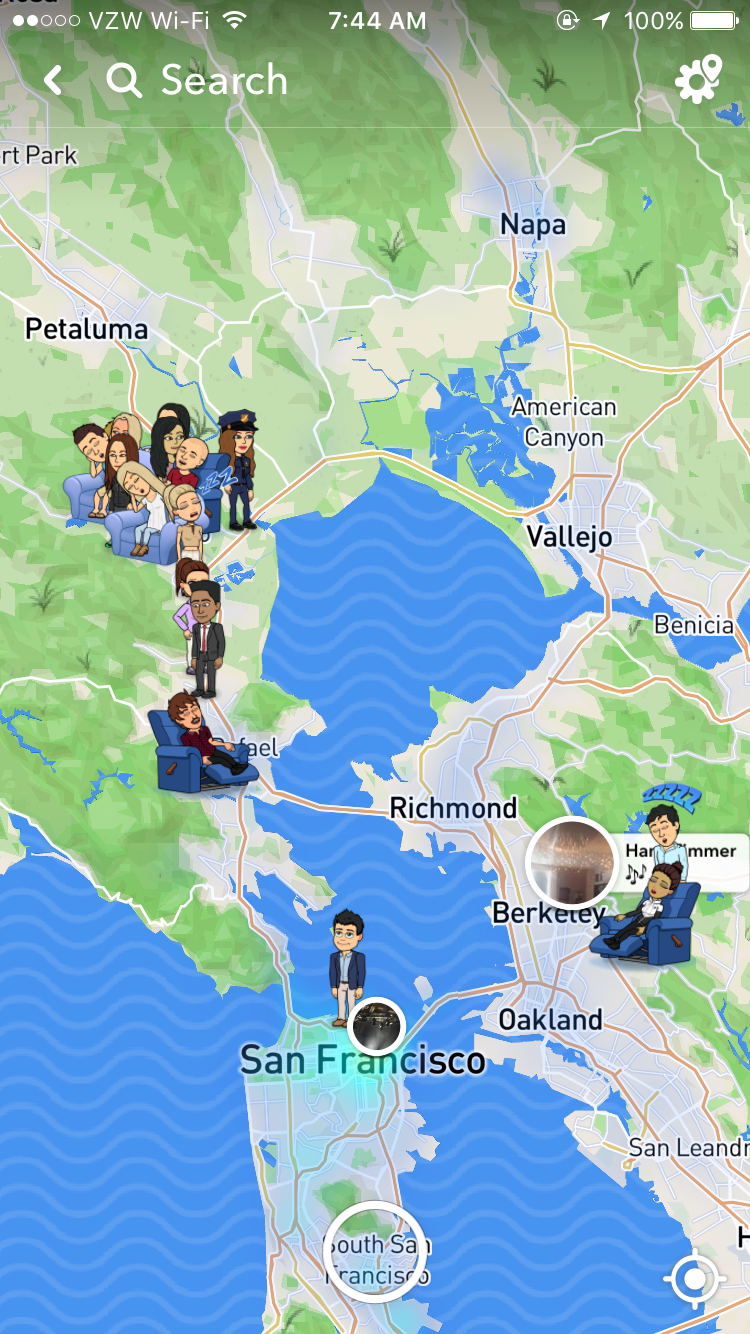When Snapchat (or just Snap, as it’s being called these days) rolled out it’s Snap Map feature earlier this summer, there was a lot of buzz about the safety risks it could present, especially with so many younger users. Basically, the Snap Map tracks your whereabouts, and shares it with your friends, selected friends, or publicly (if that’s how your app is set). Freaky, right?
You’re probably saying to yourself “why don’t they just turn the damn thing off,” except, you actually can’t. Yes, yes, there is Ghost Mode, which you can set and then blocks the ability for other people to see you on their map, or you can go into airplane mode, or um, delete the app (great suggestion, Internet!), but unless you turn your phone off or get rid of the app, the Snap Map feature is still there, in the Snapchat app.
Related: Easy Internet safety tips from an expert you can start using right now
But beyond the myriad location risks and the inherent privacy concerns that scream out here (which, even teens are freaked out about), there is an issue related to Fear Of Missing Out (FOMO), especially for younger users, that we think needs to be discussed and addressed. Yes, by parents, but also, we hope, by Snapchat.
Don’t think it’s a big deal? You can zoom in right down to the cross streets.
Here’s the thing: while you can ghost yourself, you can’t control anyone else, which means you can see all your friends and exactly where they are (or whoever allowed you to see their location).
Just imagine the feelings that can bring up, particularly for tweens and young teens, who can see all their friends hanging out at another friend’s house. Or at the movies. Or at the mall. You see where I’m going with this.
For a confident tween or teen, it might not be a big deal, but for a vulnerable tween or teen, well, it is a big deal. (And really, what person isn’t a little jolted by FOMO? I’m 41 and it still gets me).
Related: 8 shocking stats about kids and online behavior that will make you want to have the tech talk
You can also see if people are ignoring you, as Refinery 29 discovered, because when you tap a Bitmoji on the Snap Map, you can see when they last checked in. Except, that person didn’t look at all your snaps. You can see the wheels of a tween or teen’s brain turning.
Sure, you can try to encourage your tween or teen to just not check the Snap Map feature, but that’s pretty much going against their biology. And while yes, you can delete the app all together, for many tweens and teens, you’re cutting off the only way (yes, only) they’re communicating with their peers, which could create a whole other challenge.
Related: The deadly Blue Whale online suicide game targeting teens
So what are parents to do in this situation? We have always recommended parents be completely present for their kids when it comes to tech use. The conversations need to be fluid and often. Are you checking in with your kids about what’s going on? Do you have a good understanding as to how they’re using tech? Do you know what’s on their phone or tablet and how they’re using it? Do you know how their peer group is consuming tech?
And along with learning why it’s important for kids (and parents) to make good decisions when it comes to our own mental health (aka not checking the feature, turning off notifications, the list goes on), I think Snapchat needs to seriously consider adding the ability to disable this the Snap Map feature. Not just from a location and privacy concern standpoint, but from an emotional and mental health one as well.
Photo by Gaelle Marcel on Unsplash








